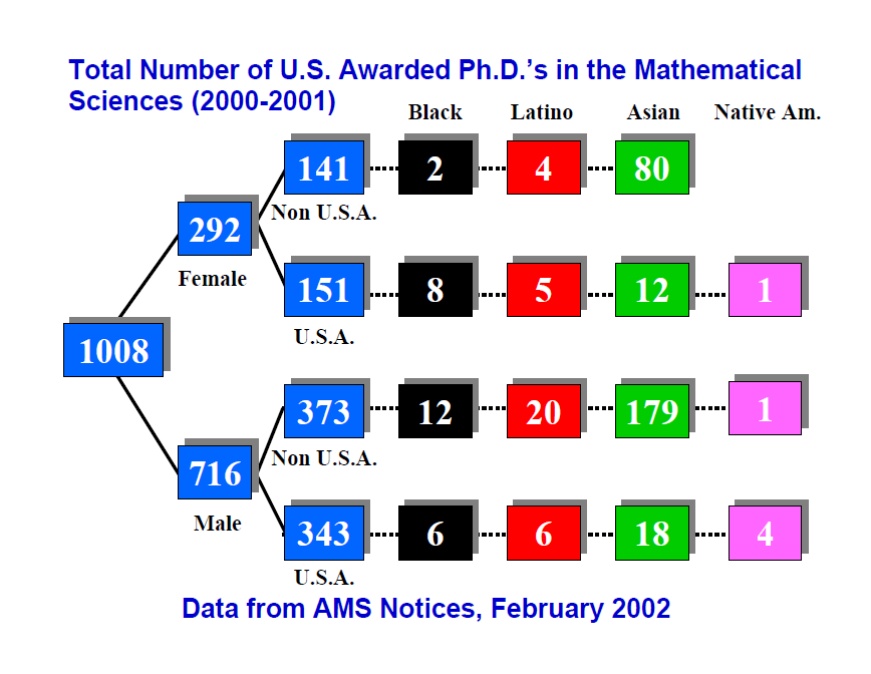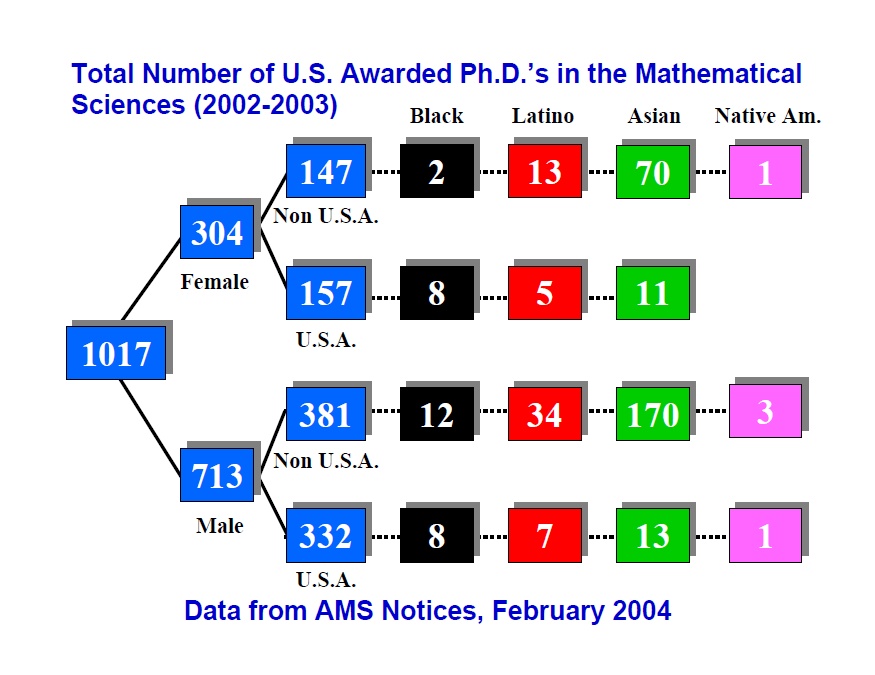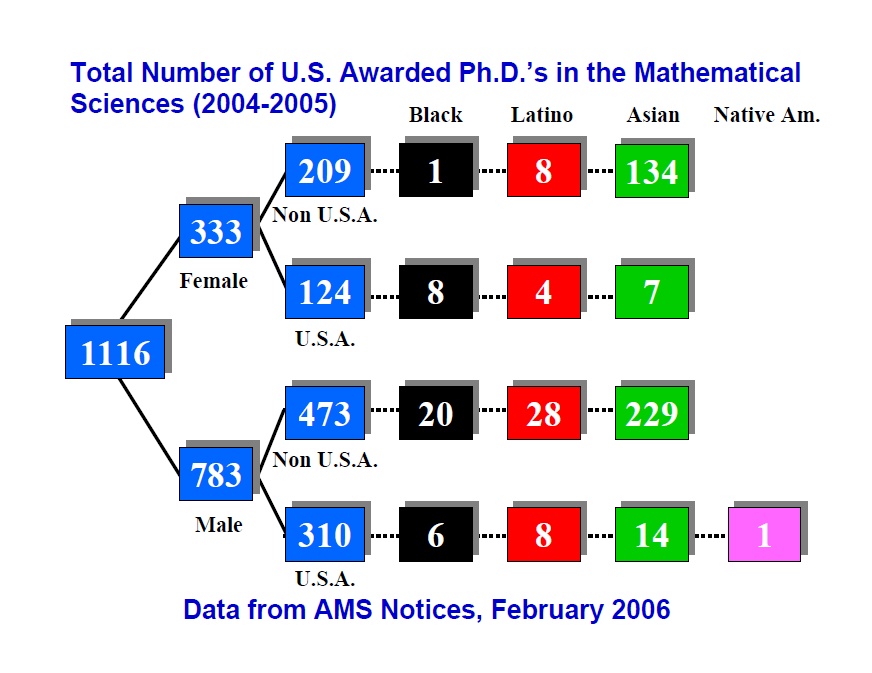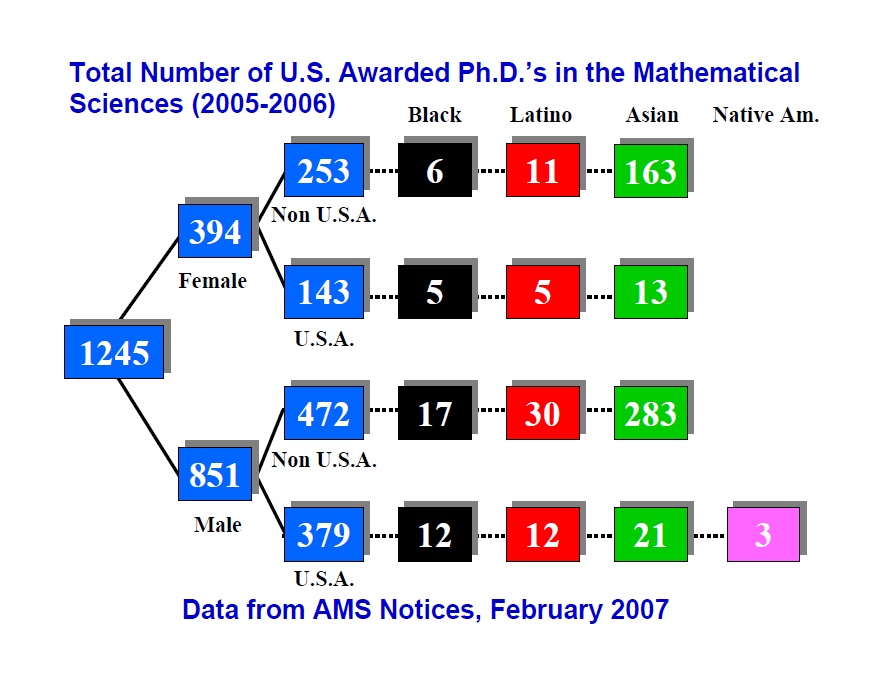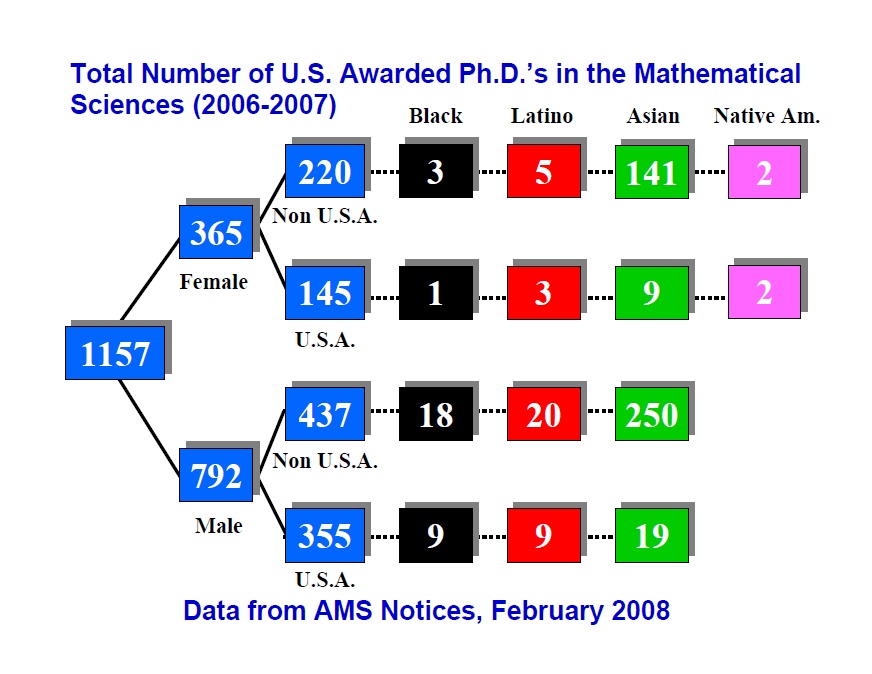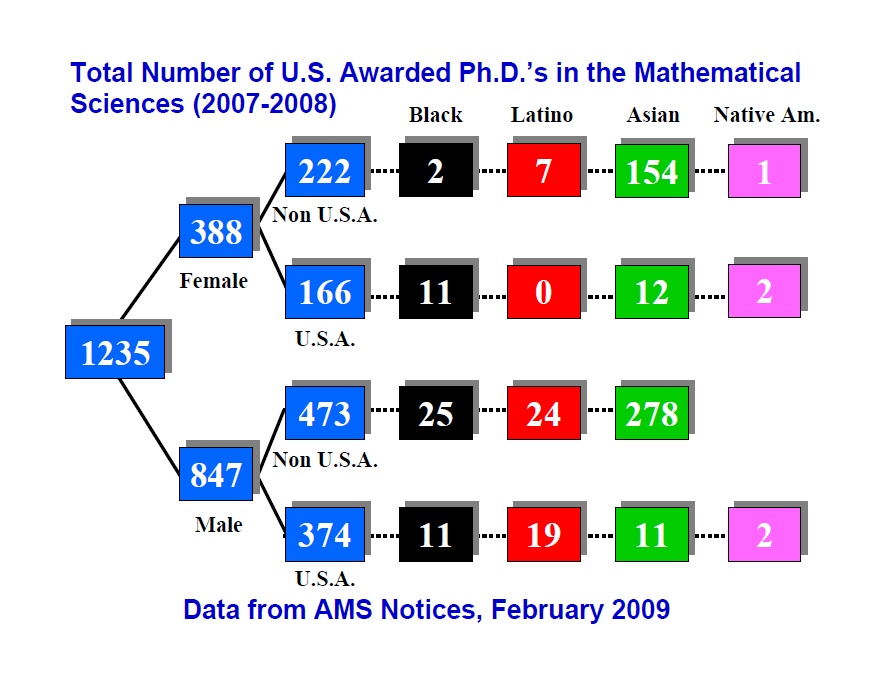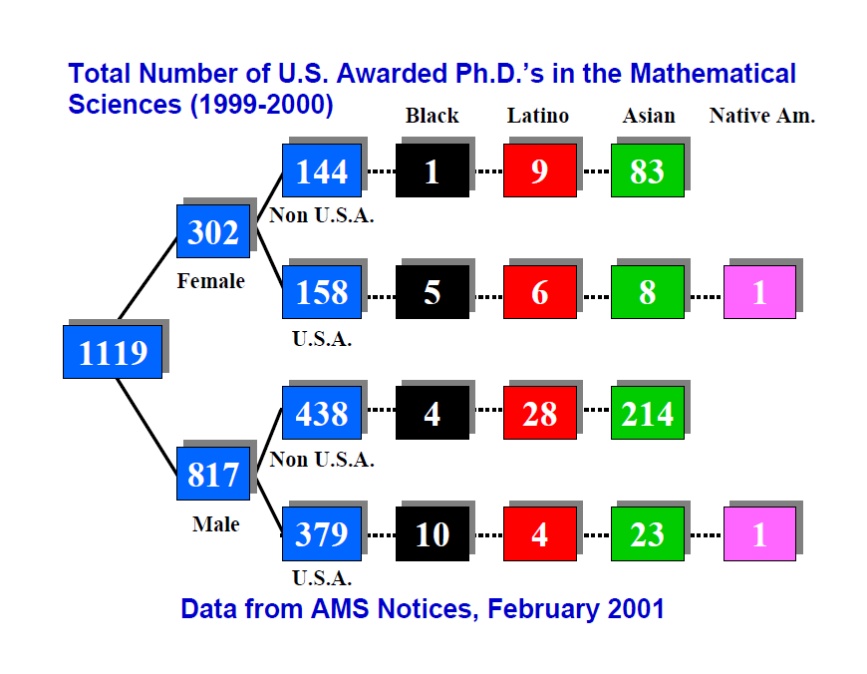while writing about the Aframath conference yesterday i was reminded of this presentation by ron eglash. i add it to the blog as a resource. the following is taken from ron eglash’s profile on ted.
Why you should listen to him?
mentalacrobatics.com [ted id=”198″]
“Ethno-mathematician” Ron Eglash is the author of African Fractals, a book that examines the fractal patterns underpinning architecture, art and design in many parts of Africa. By looking at aerial-view photos — and then following up with detailed research on the ground — Eglash discovered that many African villages are purposely laid out to form perfect fractals, with self-similar shapes repeated in the rooms of the house, and the house itself, and the clusters of houses in the village, in mathematically predictable patterns.
As he puts it: “When Europeans first came to Africa, they considered the architecture very disorganized and thus primitive. It never occurred to them that the Africans might have been using a form of mathematics that they hadn’t even discovered yet.”
His other areas of study are equally fascinating, including research into African and Native American cybernetics, teaching kids math through culturally specific design tools (such as the Virtual Breakdancer applet, which explores rotation and sine functions), and race and ethnicity issues in science and technology. Eglash teaches in the Department of Science and Technology Studies at Rensselaer Polytechnic Institute in New York, and he recently co-edited the book Appropriating Technology, about how we reinvent consumer tech for our own uses.
“Next time you bump into one of those idiots who starts asking you questions like, ‘where is the African Mozart, or where is the African Brunel?’ — implying that Africans do not think — send them a copy of Ron Eglash’s study of fractals in African architecture and watch their heads explode.”

